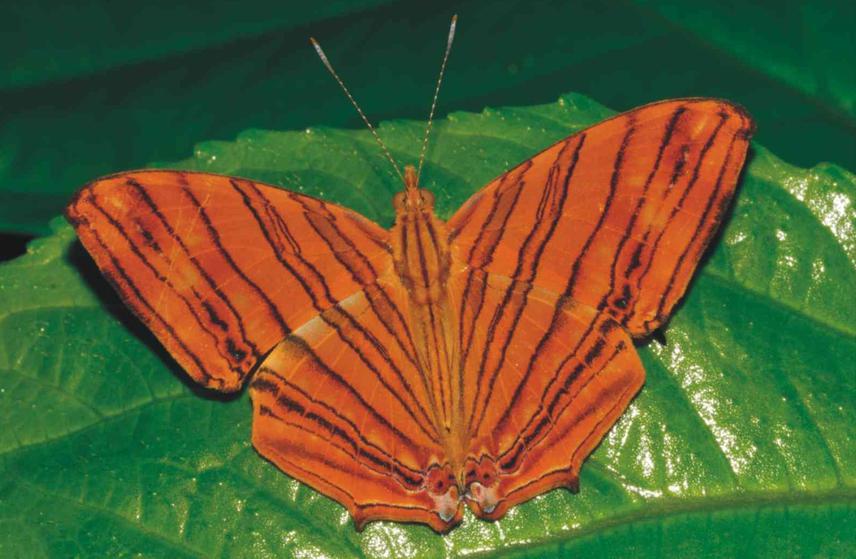Sanjay Sondhi
Other projects
1 Feb 2013
Assessment of Lepidopteran Diversity in the Kameng Protected Area Complex, Arunachal Pradesh, India to Augment Ongoing Community Ecotourism Initiatives
The project aims to study poorly known Lepidoptera fauna in the Eaglenest Wildlife Sanctuary and surrounds in Arunachal Pradesh and link the findings to a long term landscape conservation plan. In addition, the project seeks to augment an ongoing bird eco-tourism venture, through butterfly eco-tourism involving the local community.

Arunachal is a major global bio-diversity hotspot. Eaglenest is part of the Kameng Protected Area Complex which covers 3500 sq. km of closed-canopy forest ranging in altitude from 100 to 3500 m. Though covering only 218 km2 , Eaglenest and only Eaglenest, contains all the altitudinal range and habitats of the Kameng complex –Eaglenest offers the most efficient way of ensuring the long-term survival of an entire suite of biodiversity.
In 2003, Ramana Athreya initiated the Eaglenest Biodiversity Project with RSG support to demonstrate its biological diversity and used it to develop local community eco-tourism to motivate the communities to contribute to the protection of the area. The effort yielded many records of rare and even new taxa of snakes, lizards, amphibians and butterflies. The most sensational was a bird new to science, the Bugun Liocichla which he named after the Bugun tribe. The bird tourism in Eaglenest has won national and international acclaim, Eaglenest attracting over 200 birdwatchers every year from all over the world. It employs 25 local people and contributes 75,000 pounds annually to the local economy … compared to zero visitors and revenue just 4 years ago.
The project seeks to augment that initial work. Bird tourism lasts from November to April. Moth and butterflies are most active from April to October. Thus, lepidopteran tourism will extend the season and generate more employment for the community. Ramana Athreya recorded over 160 butterfly species in Eaglenest. In one week in Pakke Tiger Reserve, I identified 165 butterfly species. Last May, we demonstrated spectacular diversity of moths (many 100s of species) by the simple expedient of illuminating a white screen with a lamp. A systematic survey covering diverse habitats, altitudes and seasons should yield over 1500 species.
The primary reason for the success of bird tourism was the effort spent studying bird distribution which has attracted high-value tourists from all over the world. Our preliminary work has shown the potential for moth and butterfly tourism but we have yet to compile a database to match that of birds. This study will fill in that lacuna. The Bugun's have responded very positively to bird tourism. The additional revenue from butterfly tourism will spread the benefits to more members of the community and broad-base the conservation effort. In addition to the benefits accruing from tourism, moths are the easiest faunal group for long-term monitoring of the effect of climate change and link into the landscape's long term conservation objectives.